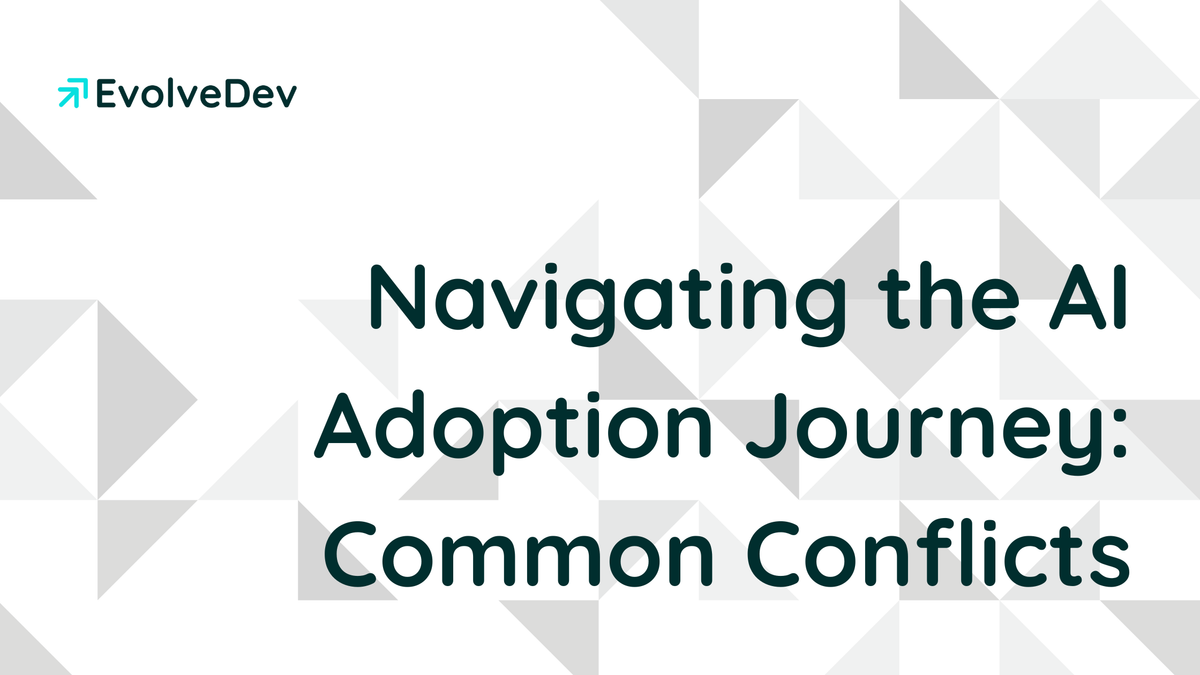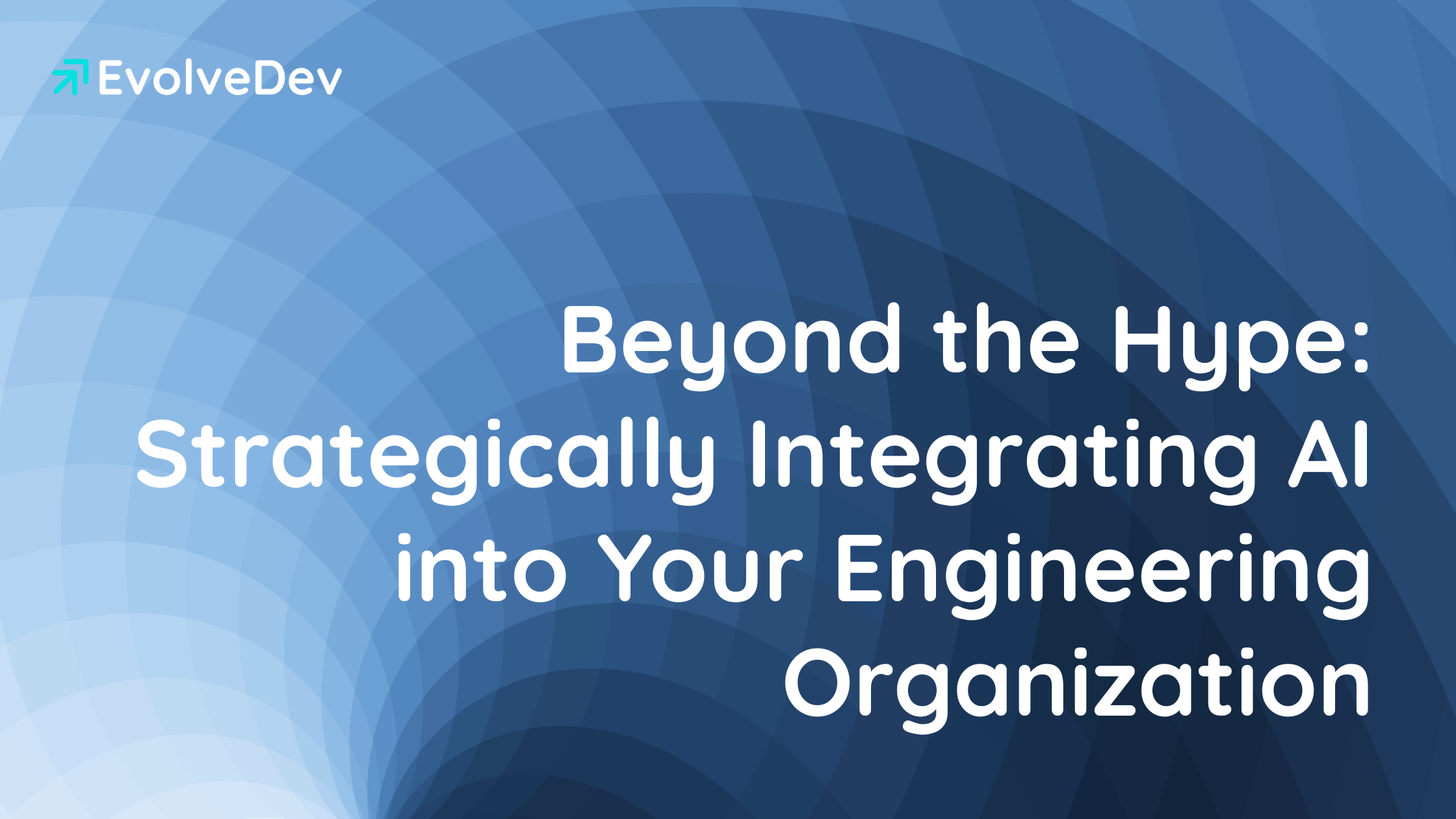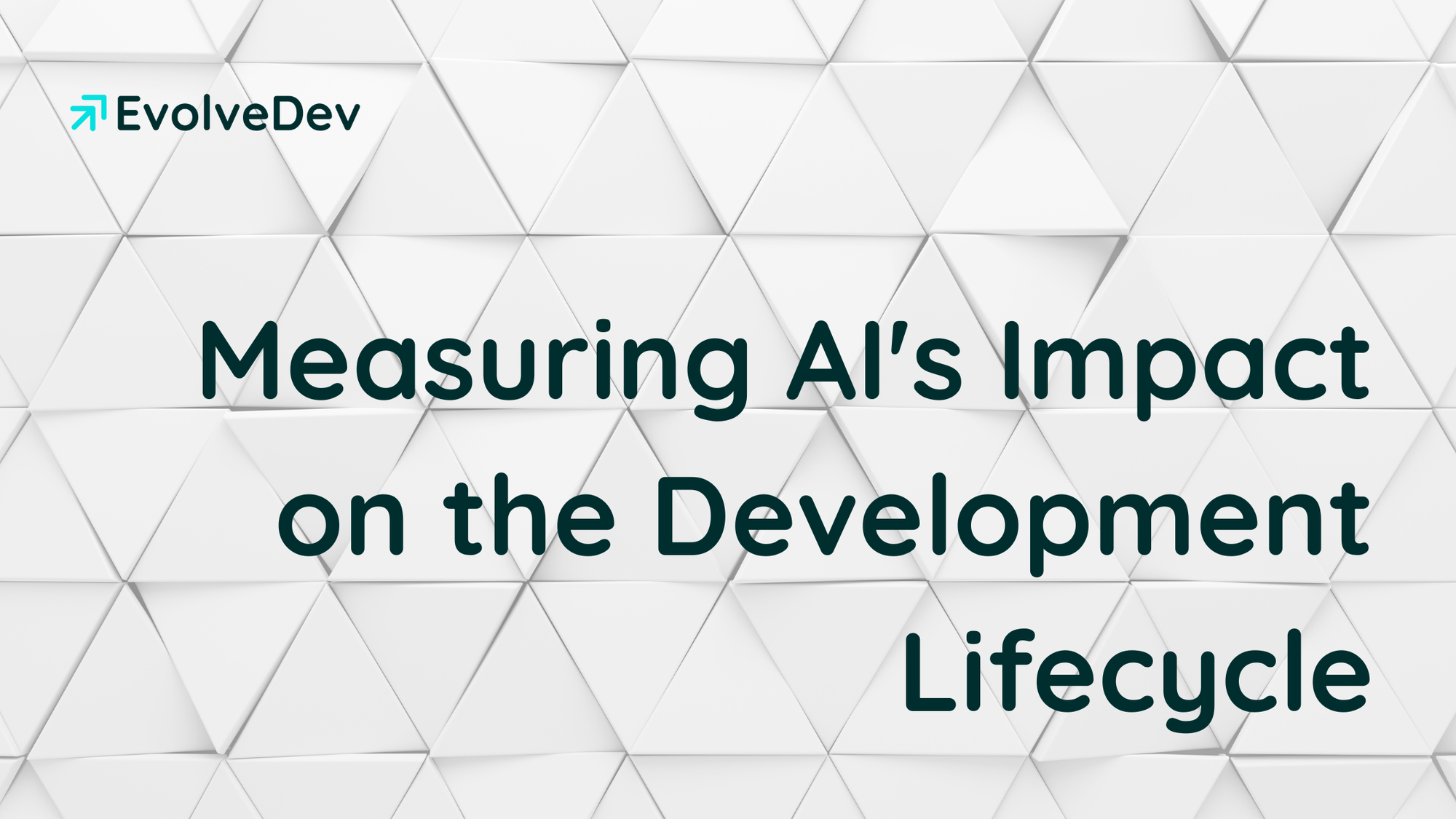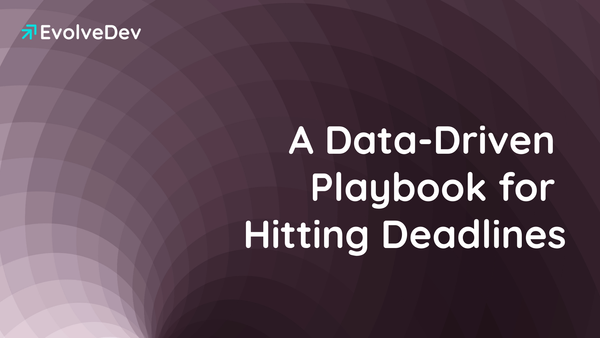Navigating the AI Adoption Journey: Common Conflicts and How to Resolve Them

So, we've covered the "what" and the "why." In our first post, "Beyond the Hype," we laid out a strategic map for bringing AI into your world. In the second, "Measuring the Unseen Hand," we talked about how to measure its impact.
But let's be honest. No strategy document or dashboard can prepare you for the trickiest part: the people.
This is the phase where the initial excitement fades and the daily realities set in. It’s where you find friction in stand-ups, skeptical questions in one-on-ones, and the nagging feeling that you’re flying blind. This is the human side of change, and navigating it is what separates a successful AI adoption from a frustratingly expensive experiment.
Let's talk about the real-world conflicts that pop up and how we can work through them—not as managers enforcing a new tool, but as leaders building a better way to work.

Common Friction Points on the AI Journey
The Tool vs. The Engineer
Your best engineer spends hours debugging a subtle flaw introduced by an AI co-pilot. The promise was speed; the reality was a frustrating, time-consuming setback.
This isn't just one bad day. It's the start of a trust deficit. When your team believes a tool creates more work than it saves, they'll quietly abandon it. Morale dips, and the innovation you were aiming for is sabotaged.
Validate your team's experience with data. Use metrics like Rework Rate and Cycle Time to diagnose where the tool is truly helping versus hurting, then create smarter usage guidelines together.
The Leader vs. The Investment
You've championed the AI initiative and secured the budget. Now, leadership asks for the ROI, and your answer is based on gut feelings like, "the team seems more productive."
Relying on anecdotes undermines your credibility. It positions your strategic initiative as a gamble, not a calculated investment, putting your future budget at risk.
Connect AI adoption to business outcomes. Use metrics like deployment frequency and time spent on new work vs. rework to build a clear business case that justifies the investment and proves its value.
The Innovator vs. The Protector
Your Head of Security discovers developers are pasting proprietary code into a public, third-party AI model, seeing it as a five-alarm security breach.
A single IP leak can have catastrophic consequences, causing the entire AI initiative to be shut down. Innovation grinds to a halt under the weight of the risk.
Make security a partner from day one. Collaboratively create a simple "AI Usage Policy" and invest in enterprise-grade tools to build a "safe playground" for innovation.
The "Magic Wand" Expectation
Other departments or senior leadership expect AI to solve all problems overnight, creating unrealistic pressure on the engineering team.
When AI doesn't instantly triple productivity, it's labeled a failure. Your team is caught between hype and reality, leading to burnout and disillusionment.
Proactively manage expectations. Use a phased approach to set clear, incremental goals. Communicate wins and limitations transparently to frame AI as a powerful augmentation tool, not a magic wand.
The Accountability Black Hole
An AI-generated code snippet causes a production bug. Who is accountable? The engineer who accepted it? The AI?
A lack of clear ownership leads to finger-pointing and process paralysis. Engineers become overly cautious, slowing down the very velocity you sought to improve.
Establish a clear principle in your usage policy: Humans are always in the loop and accountable for any code they commit, regardless of its origin.
The Common Thread: Clarity
Every one of these conflicts stems from a lack of clarity. When people operate on assumptions, friction is inevitable.
This is why we built EvolveDev.io. Our platform replaces gut feelings and anecdotes with a single source of objective truth. It provides the data that allows engineers, leaders, and security teams to have productive conversations and make informed decisions.
The journey to AI adoption is a human one. By leading with empathy and backing it up with indisputable data, you can guide your team through the friction and unlock truly transformative results.
Ready to bring this level of clarity to your team?
Schedule a demo of EvolveDev.io and turn data into your most powerful leadership tool.
AI in Engineering series:









